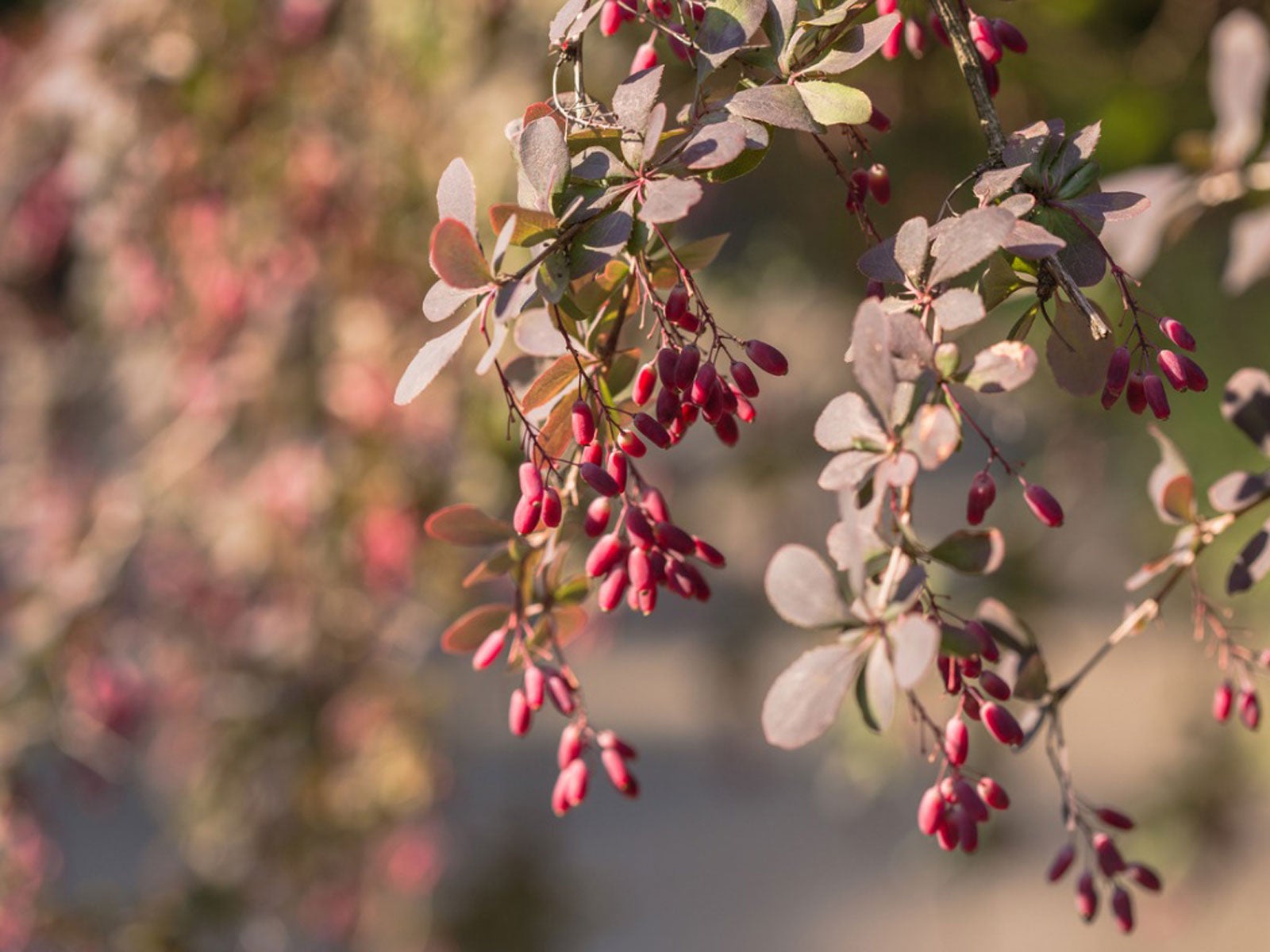Barberry Shrub Care: Tips For Growing Barberry Bushes

If you're looking for an interesting shrub that offers low maintenance in the garden, then look no further than the barberry (Berberis vulgaris). Barberry shrubs make great additions to the landscape and are known for their rich color and year-round garden interest.
Barberry Plant Information
Barberry bushes are hardy deciduous plants commonly used in gardens or as foundation bushes due to their low maintenance requirements and adaptability. Barberries are also frequently used as a hedge because of their uniform growth pattern.
There are over 400 species of barberry plants. Many barberries have sharp thorns; however, some are without. Be sure to consider this when growing barberry bushes, especially if you have small children. Also, some types of barberry may become invasive in some regions. Be sure to check into this beforehand.
Popular Barberry Shrubs
In addition to its thorns, you will want to choose a barberry shrub that suits your growing conditions and region. Again, there are numerous types to choose from; however, some of the more popular barberry shrub varieties include:
- Japanese barberry - Japanese barberry (Berberis thunbergii) is the most popular landscape barberry growing from 3 to 6 feet (1-2 m.) tall. Bright green leaves change to orange or reddish in the fall. Small berries add winter interest. This plant is extremely invasive in some areas, so research carefully before planting.
- Wintergreen barberry - Wintergreen barberry (Berberis julianae) is an evergreen shrub with extremely thorny branches. Growing to 10 feet (3 m.) tall, this plant makes an excellent live barrier or hedge. Dark green leaves turn bronze in the winter and yellow flowers follow in the spring. Interesting winter fruits are oval and bluish-black in color.
- Mentor barberry - The Mentor barberry species (Berberis x mentorensis) loses its leaves in cooler regions and can be semi-evergreen in warmer climates. Leaves are leathery and turn bright orange or red in the fall. Spring flowers are small, and this species produces no winter fruit.
Growing Barberry Bushes
Growing barberry bushes is easy and many city dwellers choose this shrub type due to its ability to tolerate urban conditions much better than other varieties of landscape shrubs. They can even be grown in containers. Barberries like full sun or partial shade and are very adaptable to a wide range of soil types as long as it drains well. Transplant barberries just after flowering or in late winter.
Barberry Shrub Care
When it comes to barberry shrub care, you'll find that it's pretty minimal. In fact, pruning barberry plants may be the most work performed with this shrub. If you are keeping your barberry shrubs as a hedge, it is necessary to prune them a couple of times a year. Pruning barberry plants increase shrub health and vigor. Prune for shape during the winter or fall after the plant has fruited.
Remove dead wood during the summer and winter months. A 3-inch (7.5 cm) layer of mulch helps with moisture retention. Fertilizing barberry shrubs is generally not necessary.
Sign up for the Gardening Know How newsletter today and receive a free copy of our e-book "How to Grow Delicious Tomatoes".
NOTE: Before planting anything in your garden, it is always important to check if a plant is invasive in your particular area. Your local extension office can help with this.